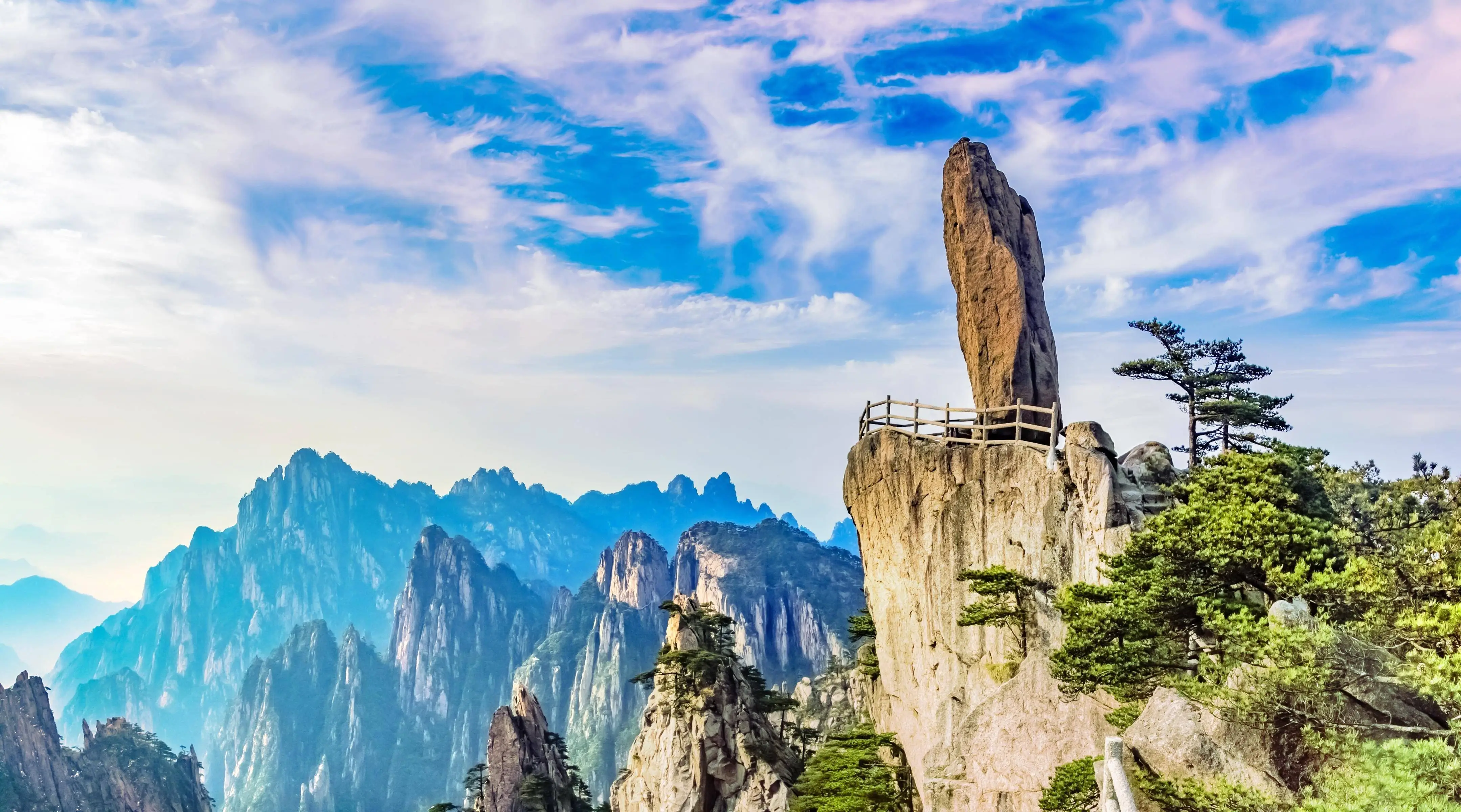A Journey Through the Bel Paese: Discovering Italy’s Timeless Charms
Italy is more than a destination; it is an emotion, a living museum, and a culinary paradise woven into one. From the romantic canals of Venice to the ancient ruins of Rome, the rolling hills of Tuscany to the dramatic coastlines of the Amalfi Coast, Italy offers an unparalleled tapestry of experiences. This travel guide and journal captures the essence of la dolce vita, inviting you to explore its most captivating places.
Rome: The Eternal City
Rome is where history breathes. Walking through its streets feels like stepping into a time machine. The Colosseum stands as a majestic symbol of imperial power, its arches and corridors echoing with the cheers of ancient spectators. Nearby, the Roman Forum offers a glimpse into the heart of the Republic, where senators once debated and temples honored gods now long forgotten.
But Rome is not just about antiquity. The Vatican City, an independent state within the city, houses St. Peter’s Basilica and the Sistine Chapel. Michelangelo’s ceiling frescoes, particularly The Creation of Adam, leave visitors spellbound. As the sun sets, toss a coin into the Trevi Fountain, ensuring your return to the Eternal City. Rome is chaotic, vibrant, and utterly irresistible.
Florence: Cradle of the Renaissance
Florence is art. The Uffizi Gallery holds masterpieces by Botticelli, da Vinci, and Raphael, while Michelangelo’s David dominates the Accademia Gallery. The city’s Duomo, with its magnificent red-tiled dome designed by Brunelleschi, offers panoramic views of the terracotta-roofed cityscape.
Stroll across the Ponte Vecchio, a bridge lined with jewelry shops that has survived since medieval times. In the Oltrarno district, artisan workshops continue centuries-old traditions. Florence is also a gateway to Tuscany’s wine country. A short drive leads to Chianti, where vineyards and olive groves blanket the hills. Here, enjoy a glass of Brunello di Montalcino as the golden light of dusk washes over the landscape.
Venice: The Floating Masterpiece
Venice is a dream. Built on 118 islands connected by canals and bridges, it defies logic and enchants all who visit. The Grand Canal, lined with Gothic and Renaissance palaces, is best explored by vaporetto or gondola. St. Mark’s Square, with its basilica and campanile, is the city’s pulsating heart.
Get lost in the labyrinth of narrow alleyways, discovering hidden courtyards and quiet canals away from the crowds. Visit the islands of Murano and Burano, famous for glassblowing and brightly colored houses. Venice is fragile, beautiful, and hauntingly romantic—a city that seems to float between reality and fantasy.
The Amalfi Coast: A Slice of Paradise
The Amalfi Coast is drama carved into coastline. Cliffs draped in lemon groves and bougainvillea plunge into the turquoise Tyrrhenian Sea. The town of Positano, with its pastel houses stacked vertically along the hillside, is postcard-perfect. Amalfi, once a maritime republic, boasts a stunning Arab-Norman cathedral.

Ravello, perched high above the sea, offers serene gardens and breathtaking views at Villa Cimbrone and Villa Rufolo. Drive along the winding coastal road, stopping at roadside stands for fresh limoncello. The Amalfi Coast is a place to slow down, savor seafood pasta, and watch the world go by from a cliffside terrace.
Tuscany: Rolling Hills and Medieval Towns
Beyond Florence, Tuscany unfolds like a Renaissance painting. The Val d’Orcia, a UNESCO World Heritage site, is dotted with cypress trees, wheat fields, and stone farmhouses. Towns like Siena captivate with their medieval charm. The Piazza del Campo, where the Palio horse race takes place twice a year, is one of Europe’s greatest public spaces.
San Gimignano, known as the "Medieval Manhattan," boasts ancient towers that pierce the sky. Montepulciano and Pienza offer wine tastings and pecorino cheese samplings. Tuscany is a region to immerse yourself in slow living, whether through a cooking class, a bike ride through the countryside, or simply watching the sunset over the hills.
Milan and the Lakes: Elegance and Nature
Milan is Italy’s fashion and financial capital, a modern metropolis with a rich artistic heritage. The Duomo di Milano, a Gothic marvel, took nearly six centuries to complete. Leonardo da Vinci’s The Last Supper is housed in the Santa Maria delle Grazie convent—a must-see for art lovers.
Just north of Milan lie the Italian Lakes. Lake Como, shaped like an inverted Y, is surrounded by villas with lush gardens. George Clooney’s presence has added to its glamour, but its true magic lies in its serene beauty. Lake Garda, the largest lake in Italy, offers a mix of dramatic mountains and charming towns like Sirmione and Malcesine.
Sicily: The Island of Contrasts
Sicily is a world of its own. Influenced by Greeks, Arabs, Normans, and Spaniards, it boasts a unique cultural blend. The Valley of the Temples in Agrigento features some of the best-preserved Greek ruins outside Greece. Mount Etna, Europe’s tallest active volcano, offers thrilling hikes and wine tours on its slopes.
Palermo, the capital, is a vibrant chaos of markets, Baroque churches, and Norman palaces. Don’t miss the Palermo Cathedral and the Teatro Massimo. In the southeast, the town of Syracuse echoes with ancient Greek history. Sicilian cuisine—from arancini to cannoli—is hearty, flavorful, and unforgettable.
Conclusion: La Dolce Vita Awaits
Italy is a country that captures the heart and imagination. Each region tells a different story, yet all share a common thread of beauty, passion, and timelessness. Whether you’re exploring ancient ruins, indulging in world-class cuisine, or simply sipping espresso in a sun-drenched piazza, Italy invites you to live la dolce vita—the sweet life.
As you plan your journey, remember that the true magic of Italy lies not only in its iconic landmarks but also in its hidden corners, spontaneous conversations, and the warmth of its people. Come with an open heart, and you’ll leave with memories to cherish forever.




发表评论